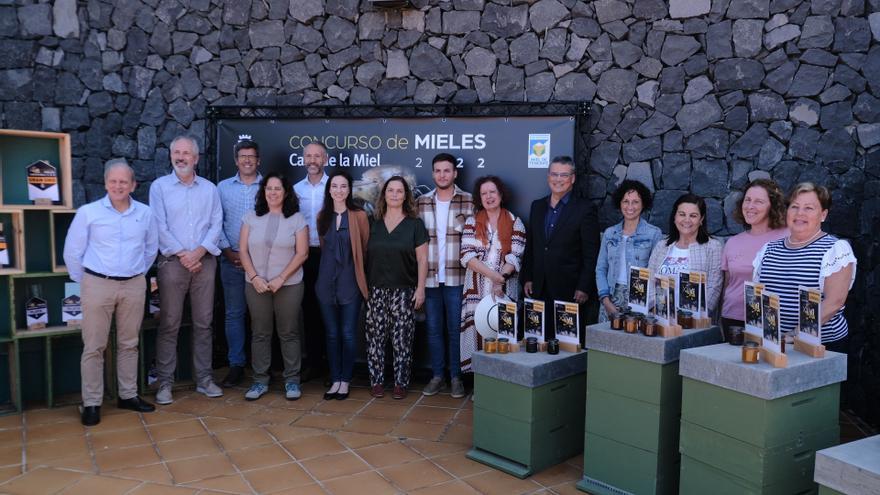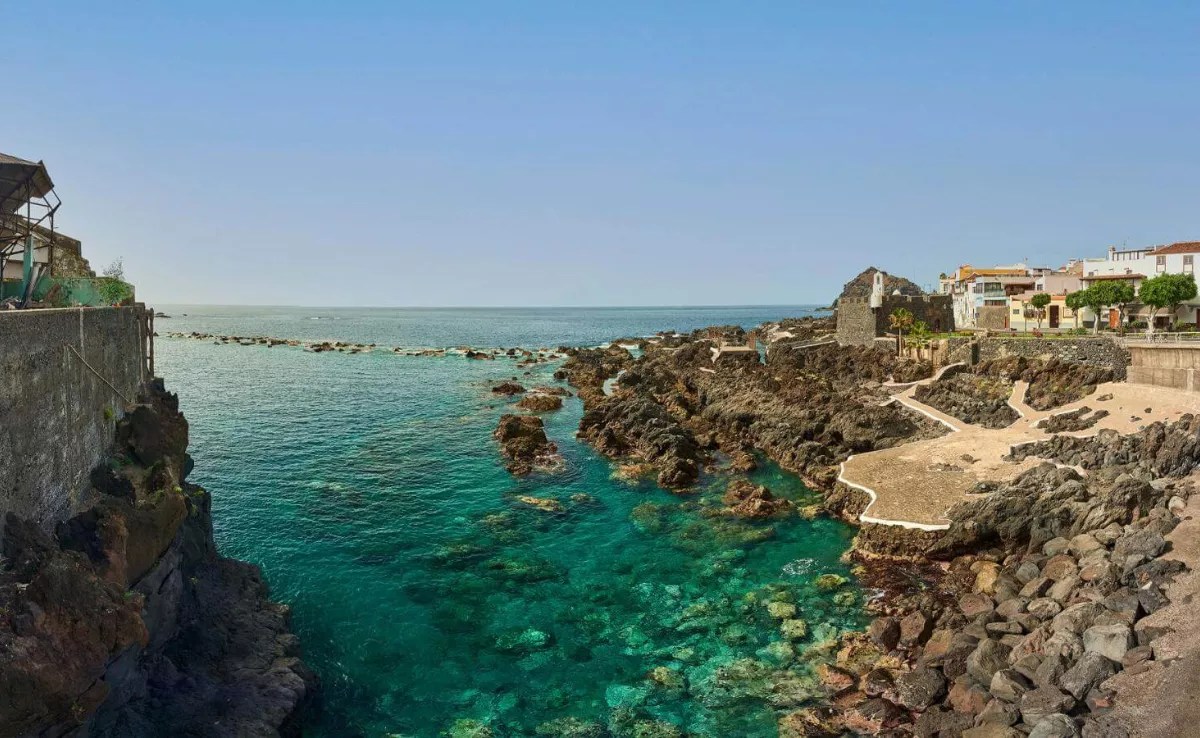
The bees that produce the Rika brand honey from Tenerife feed mainly on the Teide brooms. It is soft, light in color and very creamy. Quite a delicacy that comes from hives installed in the highlands of the Tenerife municipality of Guía de Isora, on the border with the National Park. This signature of enormous quality that arises from the nectar of the Teide flowers has been chosen as the best honey in the Canary Islands, as reported yesterday by the Council of Tenerifeorganizer of the contest.
Pedro Ledesma, the producer of Rika honey, celebrated the award yesterday. “I am very satisfied because it is a recognition of a work, that of the beekeepers, very sacrificed,” he assured yesterday. “There are many hours of work to obtain a high-quality honey that is highly recognized in the market,” he clarifies. It is a brand with an artisanal production and, therefore, very limited. Ledesma himself details that this year’s prize-winning batch does not exceed 150 kilos. It can be bought in markets such as Our Lady of Africa in Santa Cruz or La Laguna.
The award received by Rika honey is called the Gran Celdilla de Oro for the Best Honey of the Canary Islands 2022 with Protected Designation of Origin (PDO). In the category without Protected Designation of Origin, the Gran Celdilla de Oro for the Best Honey of the Canary Islands 2022 has been awarded to the producer Jonás Díaz González (La Palma), of the Hoya del Brezal brand, for a tedera honey, a very frequent in almost all the ecosystems of the Islands, such as the laurel forests and fayal heath, while the award for best presentation went to the Tenerife beekeeper Juan Jesús Ramos Fariña, from the Oromiel brand.
The Cedillas de Oro were awarded to Alejandro Delgado (Tenerife), of the Miel Ucanca brand, for a pennyroyal monofloral; Antonio Luis Díaz (La Gomera), from Villa Clara, for a monofloral alpodadora; and to José M. Cabrera (Tenerife), from El Productor, for chestnut honey. Isidro Díaz (La Palma) was also distinguished with Silver Cells for a tedera honey; Eustaquio García (Tenerife) for a Teide broom honey and another from tajinaste; Dunia Armas (El Hierro), with monofloral thyme; Antonio López (Gran Canaria), with monofloral agave; Bebel Camacho (La Palma), with monofloral oregano; Juan Manuel Cabrera (Tenerife), for a honeydew honey; Noelia Ascanio (Gran Canaria), for a soft multifloral; Osvaldo Yanes (La Palma), with an intense multifloral; Alejandro Sierra (Tenerife) for a fennel honey; and Guillermo Hernández (La Palma) with a medium multifloral.
In this twenty-sixth edition of the Regional Honey Contest 60 honey samples were presented, 40 from Tenerife, 13 from La Palma, 4 from Gran Canaria, 4 from La Gomera and 3 from El Hierro. The jury included the participation of Gian Luigi Marcazzan, international honey taster, president of the sensory analysis committee of the International Honey Commission and member of the Council for Research and Analysis of Agricultural Economics.
The blind tastings, which were held in different categories, began on Wednesday morning and ended yesterday at noon. As in previous editions, the jury took into account the color, smell, texture and taste sensation of the samples.
















